#prehistoric animals
Text
Illustrations Show Size Difference Between Prehistoric Animals and Modern Descendants


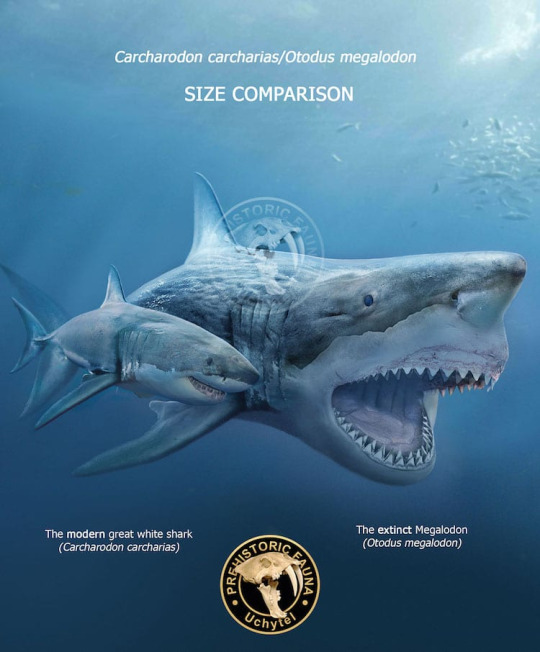
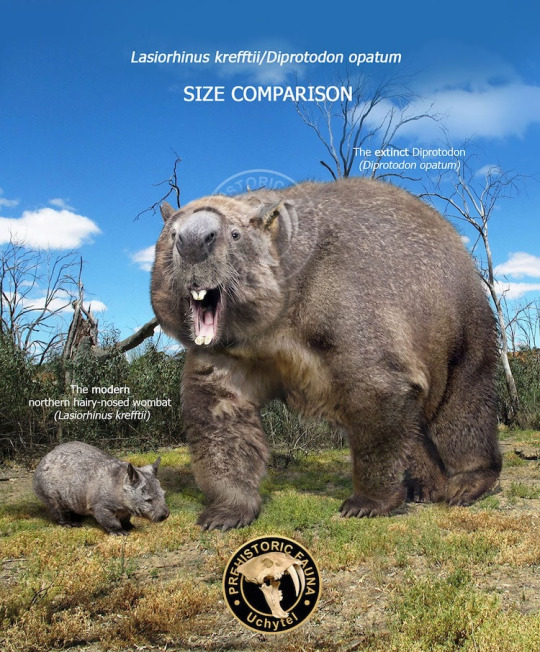
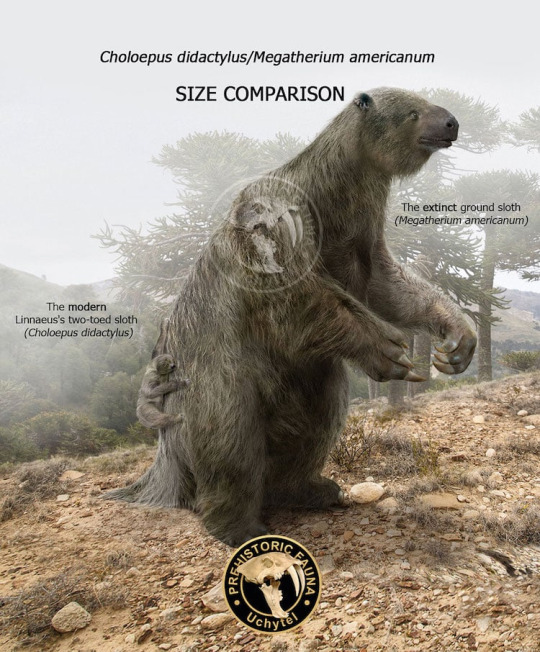
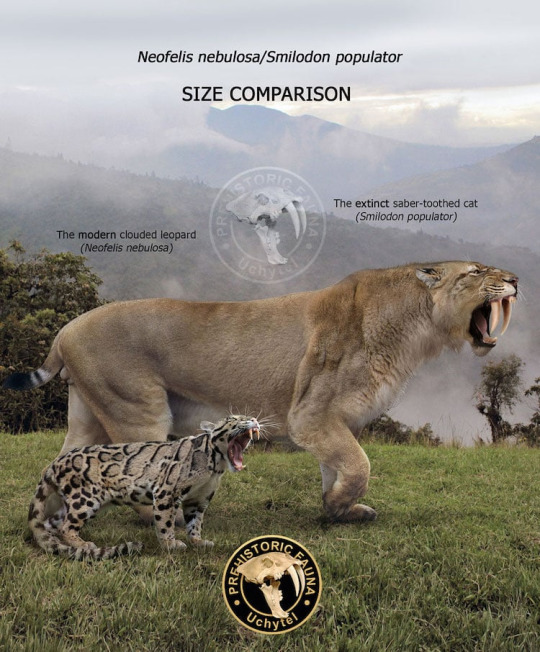

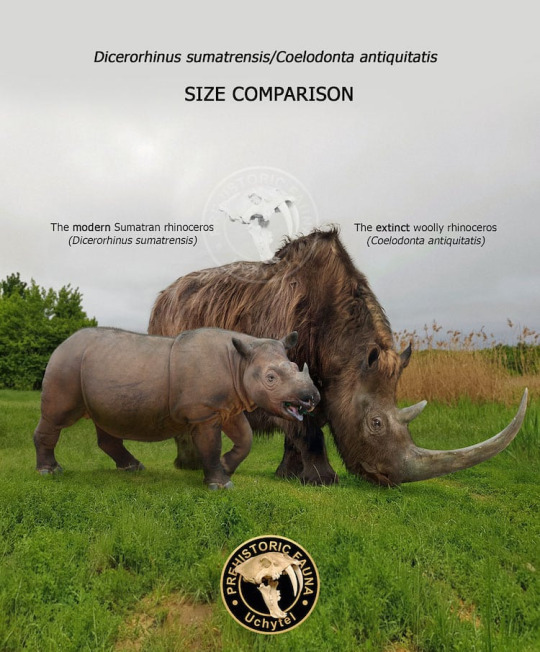


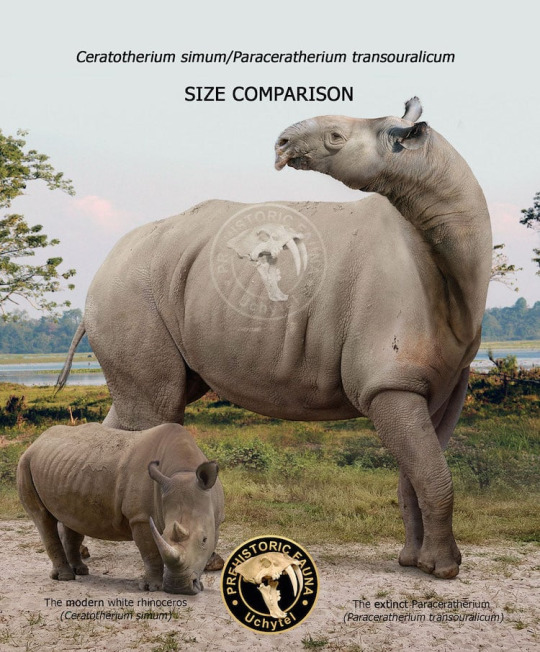
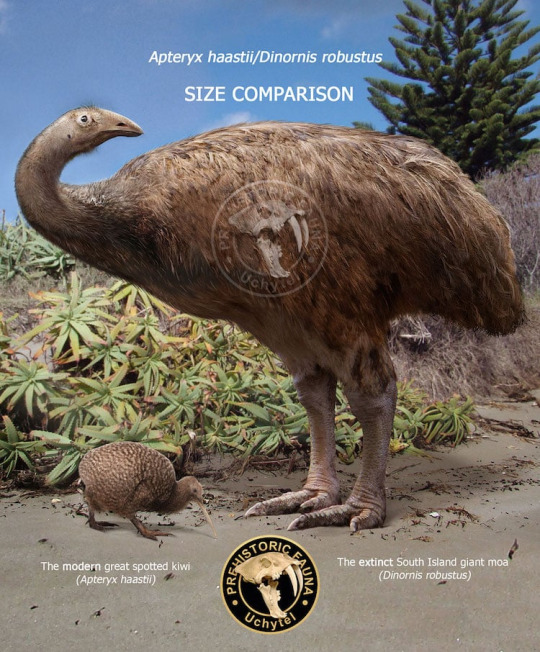
92K notes
·
View notes
Text

whenever i can't picture dinosaurs existing i just humble myself by looking at birds alive today. what the actual fuck is that thing
#just look into the eyes of flamingos and you can see the dinosaur#biology#science#stem#sciblr#paleontology#zoology#fossils#prehistoric#dinosaurs#earth science#geoscience#dinosaur#paleoblr#cretaceous#sauropod#geology#prehistoric animals#birds#birdblr
4K notes
·
View notes
Text
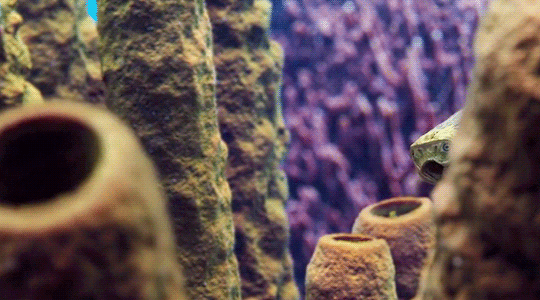

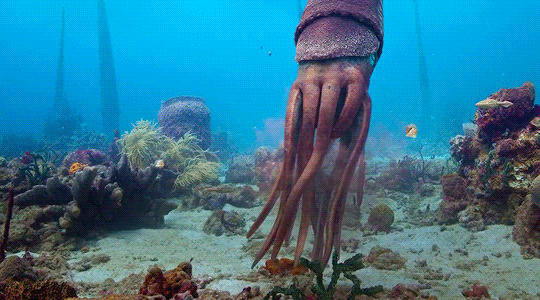


Arandaspis in Life on Our Planet (2023)
#life on our planet#arandaspis#marine biology#biology#netflixedit#steven spielberg#paleontology#paleoblr#paleomedia#prehistoric#prehistoric animals#dinosauredit#animalsedit#documentary#documentaryedit#natureedit#tvedit#gif#*
3K notes
·
View notes
Text
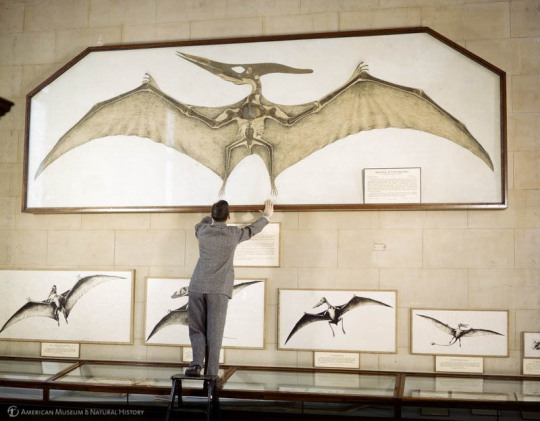
It’s a bird! It’s a plane! It’s… a dinosaur? Nope to all of the above. This Fossil Friday, let’s talk about pterosaurs—the first animals with bones to evolve powered flight. Though they were related to dinosaurs, pterosaurs evolved on a separate branch of the reptile family tree. They ruled the skies for more than 150 million years, evolving into dozens of different species. Some were as small as a paper airplane while others, like Pteranodon pictured here in the Museum's Hall of Late Dinosaurs circa 1940-1960, had a wingspan of more than 20 ft (6 m).
Along with other large pterosaurs, Pteranodon longiceps was first discovered in western Kansas, near a chalk formation called Monument Rocks. Today the region is dry, but at the time this species lived, about 85 million years ago, central North America was covered by a seaway. This large pterosaur likely spent its days flying over the sea. Unlike early species of pterosaurs, Pteranodon and many other Cretaceous-era species didn’t have any teeth. In fact, its genus name means “winged and toothless,” while the second name, longiceps, means “long-headed.”
Today, you can find Pteranodon in the Hall of Vertebrate Origins. We're open daily from 10 am-5:30 pm! Plan your visit.
Photo: Image no. ptc-217 © AMNH Library
#science#amnh#museum#dinosaur#fossil#nature#natural history#paleontology#animals#pterosaur#reptile#did you know#fact of the day#ancient animals#prehistoric animals#vertebrates#fossil friday#pteranodon#archives#flashback friday
638 notes
·
View notes
Text

pair of baryonyx nuzzling

sketch
#art#illustration#digital art#illustrators on tumblr#aesthetic#animals#dinosaur#paleoart#paleontology#paleoblr#🦖#palaeo stuff#paleoarte#paleo art#spinosauridae#spinosaurus#baryonyx#prehistoric animals#dinosaurartwork#dinosaur art#late cretaceous#prehistoric life#theropod#monster art#creature
503 notes
·
View notes
Text

Mini Keychain sized Coelacanth plush by Colorata
Bought via proxy at the end of 2023
639 notes
·
View notes
Text
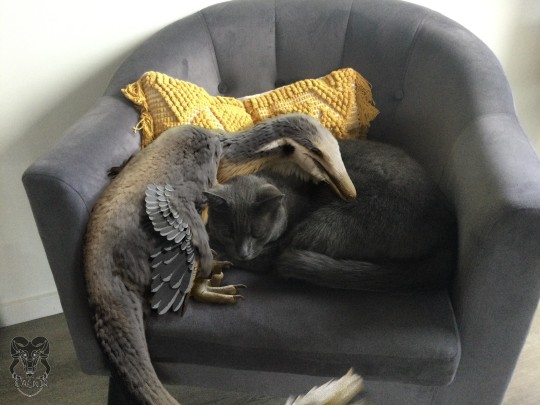
Two mimir
#what if we had non avian dinosaurs as pets?#artists on tumblr#dinosaurs#my art#3d art#palaeoblr#3dblr#paleoart#prehistoric animals#cats of tumblr#cute cats#cats#my cats name is whittles if anyone was wondering#zanabazar junior#velociraptor
8K notes
·
View notes
Text
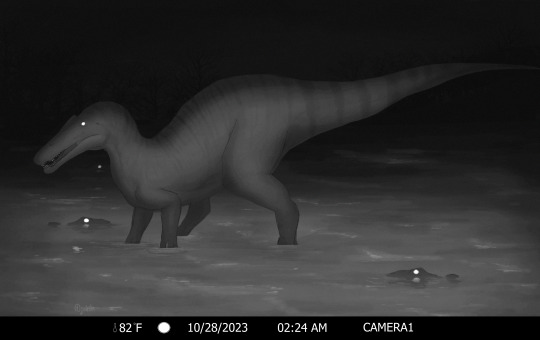
an anomaly in the everglades
#suchomimus#suchomimus tenerensis#spinosaurid#spinosaurids#spinosauridae#dinosaur#dinosaurs#theropod#theropods#theropoda#theropod dinosaur#paleontology#paleoart#paleoblr#prehistoric animals#alligators#my art#thinkin maybe t. rex next or something
590 notes
·
View notes
Note
i saw your tag about sending requests so i was wondering if you could draw a utahraptor? 🙏
Here you go! I feel like my inspiration for this one is quite obvious heh

#my art#utahraptor#raptor#paleoart#paleo art#dinosaur#prehistoric animals#i feel soooo predictable for my design/coloration choices here lorddd#it was only a matter of time lbr#i even tried halfway through to go with something else but i just couldn’t get it to work#asks#ask tag
807 notes
·
View notes
Text
So the Tully Monster (Tullimonstrum gregarium) is an incredibly enigmatic extinct animal whose fossils have only been found in one section of the Mazon Creek Fossil Beds near Morris, Illinois. Dating back to around 309 million years ago during the Pennsylvanian Epoch of the Carboniferous Period, the ironstone concretions found here are particularly rich with fossils.
The Tully Monster has stymied paleontologists for decades, because no one's been entirely sure how to classify it. It doesn't resemble anything else that's been found there or elsewhere, and it didn't have any features that easily distinguished it as a vertebrate or invertebrate.
So this most recent study consisted of scientists painstakingly analyzing over 100 Tully Monster fossils, along with several dozen fossils of other species found in the same area. They were looking in particular for any traits that would suggest these were vertebrates. In short? They didn't find any. Which suggests that the Tully Monster was most likely just a very, very weird invertebrate--not so surprising given the wide diversity of aquatic invertebrates found today!
One thing the study didn't look into was the possibility that this species may have been something even more unusual--a non-vertebrate chordate. These animals have a notochord, a flexible structure that provides attachment for muscles similarly to a vertebrate's spine. While modern vertebrates may have a notochord during embryonic development, most do not retain it beyond a vestigial state once development is complete.
There will no doubt continue to be debate about just what the Tully Monster actually was, but this study adds a significant piece to the puzzle.
#fossils#paleontology#paleozoology#extinct animals#extinction#prehistoric animals#prehistory#Tully Monster#wildlife#animals#nature#science#scicomm
1K notes
·
View notes
Text
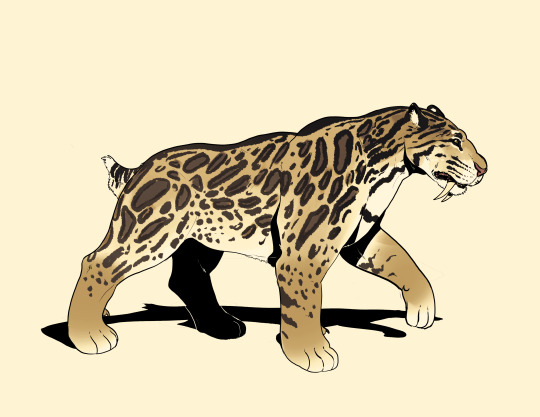
Smilodon Fatalis
#sabertooth#sabertooth cat#paleontology#paleoart#paleo art#worldbuilding#motherwilds#nature#illustration#digital art#webtoon#paleomedia#prehistoric animals#speculative biology#I want that baby Diego
273 notes
·
View notes
Text

Dunkleosteus Stellae
A commission from a while back that I forgot to post. Got to paint some of my favourite things!
Find me and my art elsewhere!
#dunkleosteus#space#galaxy#prehistoric#prehistoric animals#extinct animals#animal art#traditional art#traditional painting#watercolor#watercolor painting#artists on tumblr
992 notes
·
View notes
Text

#biology#sciblr#stem#science#paleontology#geology#geoscience#rocks#mineralogy#minerals#fossil#fossils#dinosaurs#dinosaur#paleoblr#prehistoric animals#prehistoric#earth science#triceratops#paleoart#paleomedia#dinos#stegosaurus
2K notes
·
View notes
Text
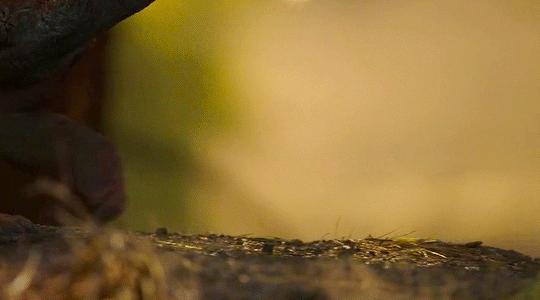
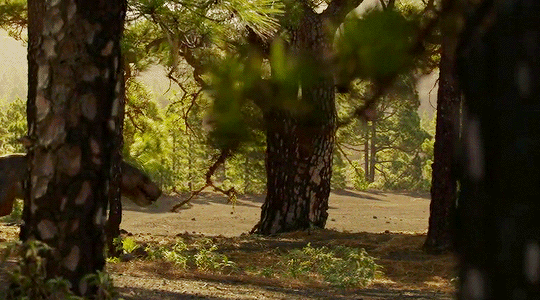
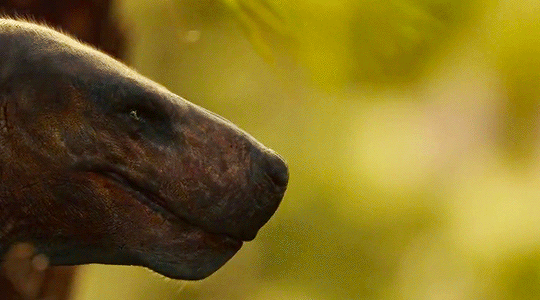
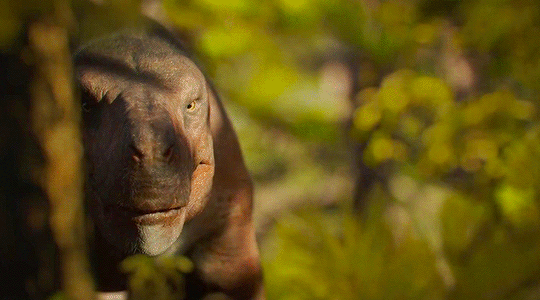

Gorgonopsid in Life on Our Planet (2023)
#life on our planet#gorgonopsid#netflixedit#steven spielberg#paleontology#paleoblr#paleomedia#prehistoric#prehistoric animals#dinosaur#dinosaurs#dinosauredit#animalsedit#documentary#documentaryedit#natureedit#tvedit#biology#gif#*
1K notes
·
View notes
Text
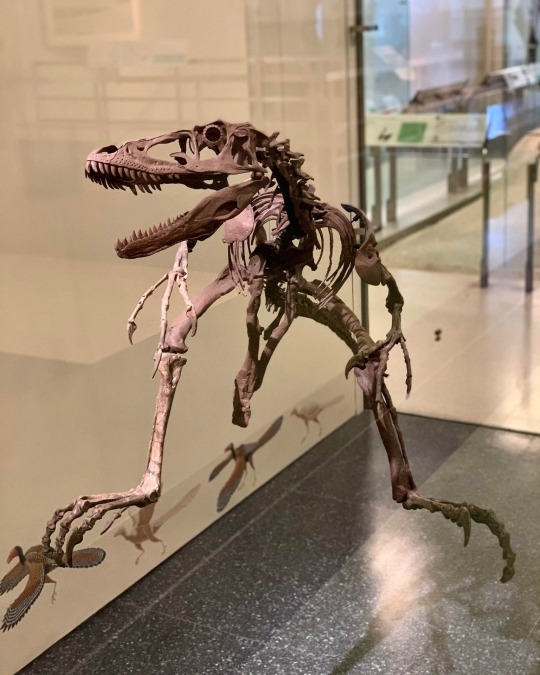
Happy Fossil Friday! With sharp teeth, long legs, and sickle claws, Deinonychus antirrhopus was likely a formidable predator. This dinosaur, which could reach lengths of about 7 ft (2.1 m) from nose to tail, lived during the Early Cretaceous, some 107 million years ago. It belonged to a group of dinosaurs called maniraptors, or “hand-robbers.” Its hands and feet were equipped with sharp claws for catching and grasping prey. Like modern-day birds, it had hollow bones.
Fun fact: The Deinonychus on display in the Museum is a real fossil skeleton—and the only one of its kind on display anywhere in the world! See it up close in the Hall of Saurischian Dinosaurs! We're open daily from 10 am-5:30 pm. Plan your visit.
Photo: © AMNH
#science#amnh#museum#fossil#dinosaur#nature#natural history#animals#paleontology#fossil friday#deinonychus#cretaceous period#early cretaceous#did you know#fact of the day#dinosaurs#cool animals#prehistoric animals
540 notes
·
View notes
